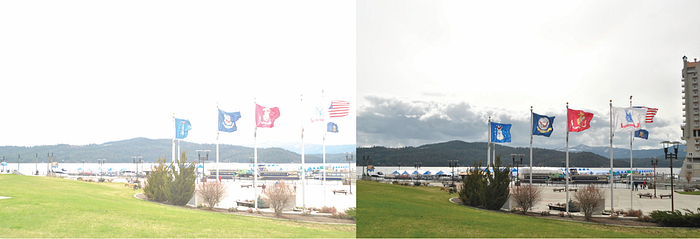
Aperture, Shutter speed, ISO
A Beginner’s Guide
There are five important elements (or tools) to adjust during photo-taking to achieve the perfect exposure. These elements are Aperture, Depth of Field, ISO, Shutter-speed, and Dynamic range.

In regards to photography, the Aperture refers to the opening of the lense that passes light; it also deals with focus. If you want more light to pass through the lense, open the aperture more; it is important to note that the larger the number, the smaller the hole (F1.4 is larger than F22); likewise, the larger the hole, the more light that is allowed to go through the aperture, making a brighter exposure (or photo).

Also in relation to the aperture, a smaller hole (F22) increases your depth of field or DOF, making everything more in focus. If you were to open your aperture more (F1.4), your DOF becomes smaller and things become blurrier.

The ISO (International Standards Organization) on you camera controls how ‘grainy’ a picture is. Overall, it controls the sensor senstivity of your camera. Increasing your camera’s ISO will increase the amount of captured light. Although, turning up this setting in darker conditions also increases the grain; because your camera is using more electrical noise (static), which in turn creates more interference to catch more light.

Shutter-speed controls time and motion. The higher you have your shutter-speed setting (1/4000), the faster your shutter will close, allowing you to capture subjects in motion. Ultimately, a faster shutter speed freezes actions. likewise, slower shutter-speeds (1/4), capture more motion which creates a blurr. The best way to describe shutter-speed is capturing motion in time.

Dynamic range refers to the total amount of light being captured in a given scene. If you are taking a picture with a lot of bright parts full of light in addition to a lot of dark parts shrouded in shadow, the scene could be described as having a great deal of dynamic range (high contrast). However, if the scene is lit in such a way that it is neither too bright nor too dark, it could be said to have a low dynamic range (low contrast).
Overall, I think the light allowed through the aperture, the time it takes for the shutter to take a picture, and white balance are the most important elements to consider when taking a photo. I think the best bit of advice (as a beginner) I can give is: PLAY with your camera. Play with the different settings, in different lighting, with different motions. I think the best way to become comfortable and knowledgable with your camera is to play with it. Practice, practice, practice.
